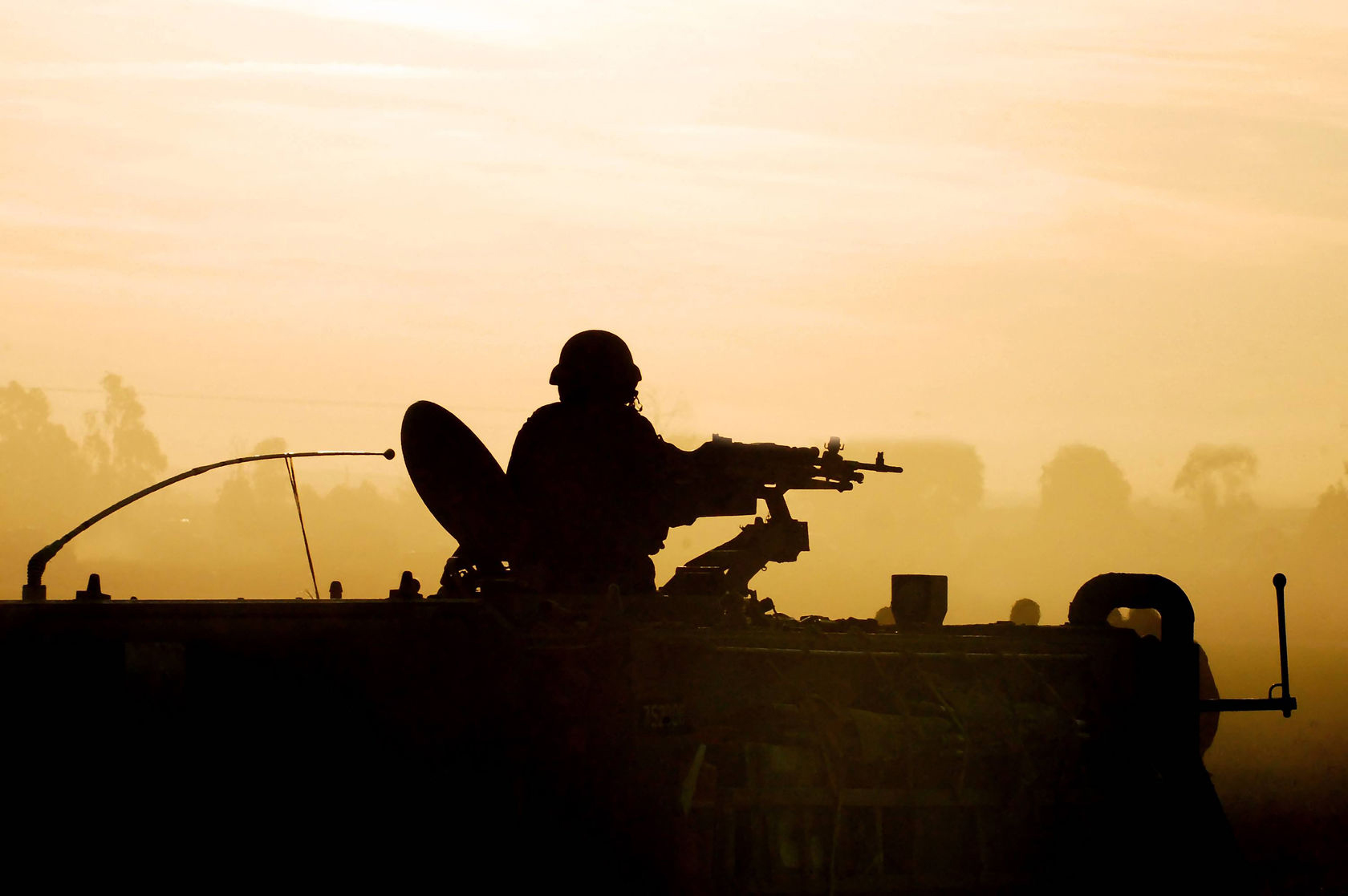Unbelievably, after causing the chaos in Libya by overthrowing Libyan dictator Muammar Gaddafi in 2011, the United States is about to lead another Western military intervention designed to unify the country to fight ISIS’s strongest cell outside Iraq and Syria, which has arisen from the post-Gaddafi anarchy. Repeating the same mistake will only make a bad situation worse.
In my book “The Failure of Counterinsurgency,” I note that insurgencies usually love to drape themselves in the “liberator from foreign oppression” cloak, and further U.S. intervention will allow ISIS to do just that. Of course, because of the American public’s understandable exhaustion with foreign brushfire wars, the United States will be reluctant to put significant forces on the ground, other than maybe a few furtive Special Operations types, and will instead wail away from the air by bombing targets from above. The United States has already done some of this in the country on a selected basis.
Another caution the book has for counterinsurgency campaigns is that foreigners never get the benefit of the doubt, as we have already seen in the U.S. drone campaigns in Afghanistan, Pakistan, Yemen, and Somalia. Even if the great powers using air power attempt not to hit civilians (the Russians didn’t even try in Syria), they inevitably will kill some inadvertently. Because they are foreigners killing indigenous people, the locals usually frown upon this big time. The hawks will say that “collateral damage” occurs in any war, but when battling an insurgency, support of the people is much more vital than in conventional war. Because most of Libya’s militias, including ISIS, are not easily identified by uniforms, they can hide among the population and gain support and recruits from that universe. Thus, bombing groups from the air, without friendly local troops on the ground to direct and benefit from the air strikes, only needlessly angers the population and thus creates more insurgents.
As in Iraq and Syria, a big problem for the West is getting friendly local ground forces to fight ISIS. The West’s answer in Libya is a so-called “unity government,” which is designed to disguise the reality of two competing rival governments in the eastern and western regions of the country, which in turn are coalitions of rival militias.
An even bigger problem is that Libya, like many of the states of the Middle East and Africa, is not a real country. These countries’ borders were drawn up by Western colonial powers and do not correspond with tribal or ethnic or sectarian boundaries. In Libya, an artificial European construct only a few decades old, the eastern half of the country (in the old days, called Cyrenaica), centered on Benghazi, has always looked east toward Egypt and Saudi Arabia and the western half (in the ancient times called Tripolitania), centered on modern day Tripoli, has looked to Tunisia and southern Europe. The southwestern part of Libya, Fezzan, was filled with nomads not associated with the two coastal regions. Thus, the concept of Libya could only be enforced by a strongman like Gaddafi and predictably fell apart when the West deposed him.
Yet the pre-condition for a likely second Western military intervention was the recreation of the façade of a unity government headed by Fayez Serraj, a Libyan technocrat selected by outside powers in the United Nations peace process, who arrived by boat and has little local political legitimacy or military support in the country. The United States and the West have the fantasy that he will be able to unify the many militias in a government-directed national army or network of forces to fight ISIS. Good luck, I wouldn’t want to be him.
Instead, the U.S.-led Western nations should realize that they have made a mess of Libya and can only compound the problem with more military meddling. Libyans need to solve their own problems, and that may well mean dividing up the country into two or more political entities.

















